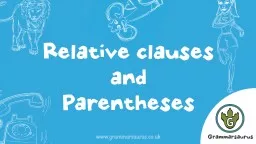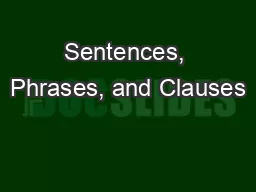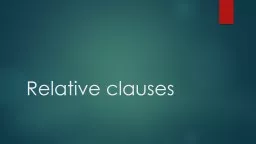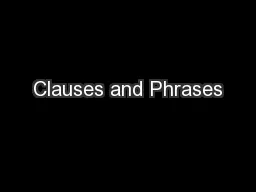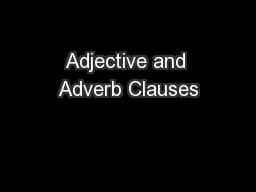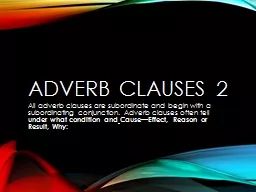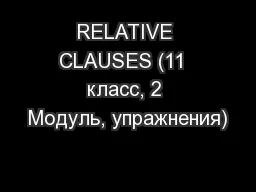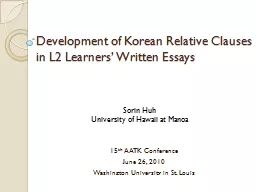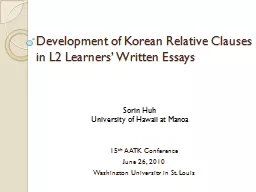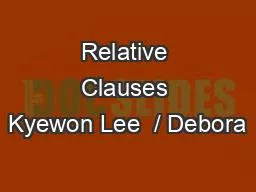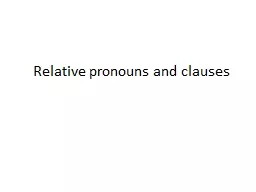PPT-Relative clauses and
Author : danika-pritchard | Published Date : 2020-01-20
Relative clauses and Parentheses Parentheses are words phrases or clauses separated from the main part of the sentence by commas dashes or brackets When it is removed
Presentation Embed Code
Download Presentation
Download Presentation The PPT/PDF document "Relative clauses and" is the property of its rightful owner. Permission is granted to download and print the materials on this website for personal, non-commercial use only, and to display it on your personal computer provided you do not modify the materials and that you retain all copyright notices contained in the materials. By downloading content from our website, you accept the terms of this agreement.
Relative clauses and: Transcript
Download Rules Of Document
"Relative clauses and"The content belongs to its owner. You may download and print it for personal use, without modification, and keep all copyright notices. By downloading, you agree to these terms.
Related Documents

